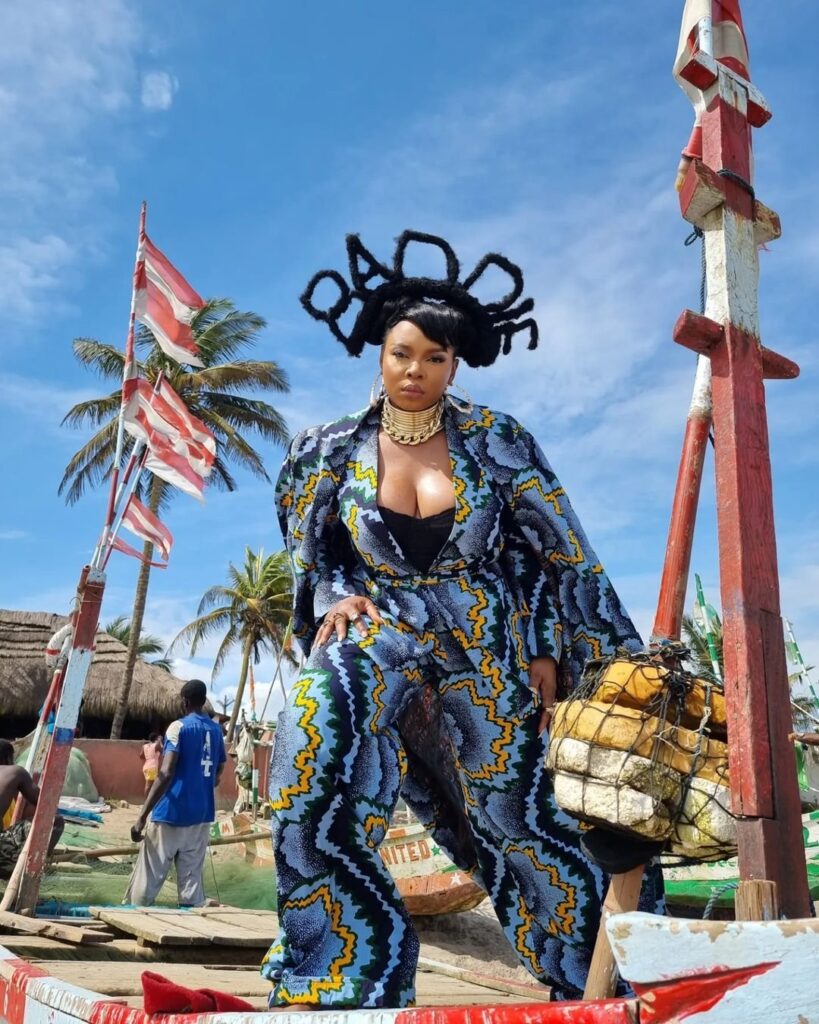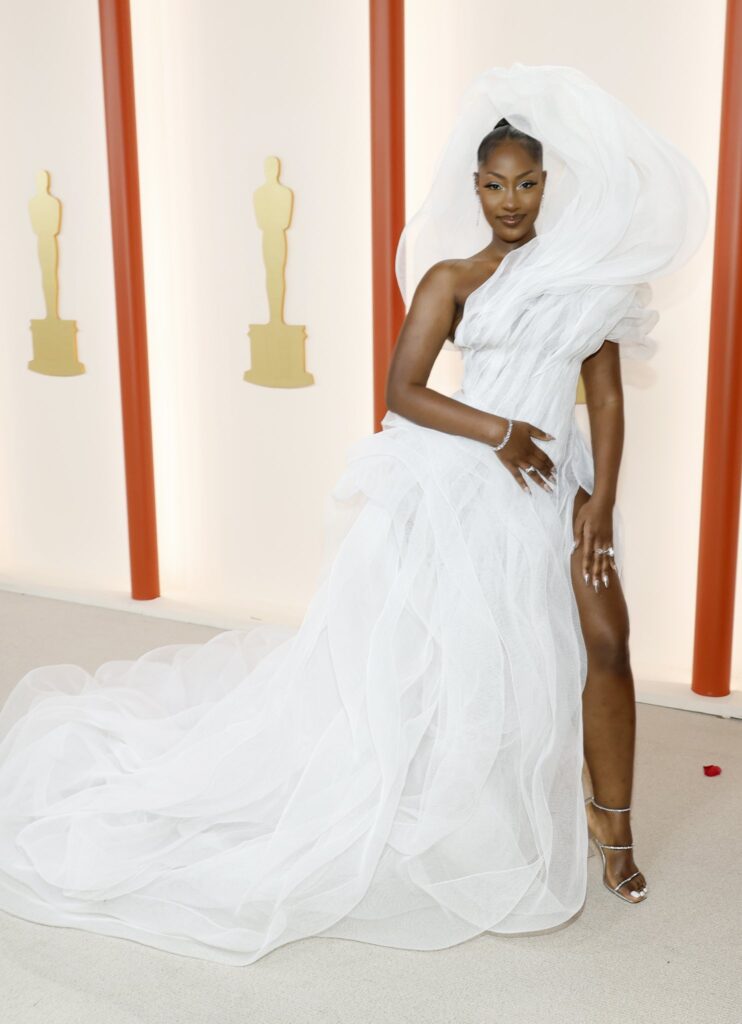As much as individuals create a unique style that appeals to them, it is possible to collectively carve out a niche that best describes a lifestyle or an identity…
By Sybil Fekurumoh
Choosing what to wear could perhaps be one of the most challenging situations. But, as one of life’s essentials, we make this decision all the time. It is likely you made a choice not so long ago. So, what goes into choosing an outfit to wear? For some, choosing what to wear may not be overbearing. It is simply a mundane activity that regards functionality and/or comfort of clothes over anything else. For others, however, clothing has to appeal to their sensibilities. Here, clothes become a fashion aesthetic influenced by an individualist or collective form of expression, a medium of entertainment, or to express or communicate an idea. In essence, clothes become a symbol of one’s identity; a persona.
Fashion, through clothing, provides an opportunity to initiate or promote certain identities in several areas, whether in culture, sexuality, gender, social class, or age. In his prime, Nigerian artiste, Lagbaja, easily blended a distinct fashion sense into his artistry with his unique masquerade-like mask and African prints. It’s been said that Lagbaja’s mask represented the anonymity of the faceless and voiceless in the Nigerian society. In essence, his style became a commentary on social injustices. The veteran Afrobeat icon, Fela Anikulapo Kuti, used music to express radical political views. His fashion choices were also a form of protest: appearing shirtless, in matching Ankara outfits, or solely in his underwear. His style did not conform to Eurocentric fashion styles and influences; rather, he embraced his African roots and showcased his cultural authenticity.

While it might be a little trite or even stereotypical to judge people by the way they dress up, we can speculate. Fashion could simply be for the sake of glamour. As we see with celebrities, a glamorous aesthetic is characterised by luxury and elegance to convey sophistication and success, and the people who embrace this style are often seen as powerful and influential. It is in that light that individuals have come to identify certain fashion brands with luxury. Clothing could also depict progression. It could represent where the old melds with the new, or where there’s a cultural shift from one ideology or orientation to another.
Nigerian singer, Yemi Alade, for example, is able to blend music and fashion to articulate Pan-Africanism with modernisation. You’ll find Alade in cutting-edge African prints and fabrics while still youthful and edgy. Over the years, she has been able to carve out the “Mama Africa” persona, yet modern. Her image melds African arts and culture with creativity, a style that is a testament to her innovation and pride in her African heritage. It’s no surprise that she’s been recognised as a poster girl for African creativity. Last year, Alade spoke with Voice of Africa and described her fashion style as a revelation of many facets of her life. “My branding is very fearless and anything is possible when it comes to the clothes that I wear,” she spoke about being in charge of her fashion and creativity, sketching some of her outfits, and working with designers that deliver to her expectations.
As much as individuals create a unique style that appeals to them, it is possible to collectively carve out a niche that best describes a lifestyle or an identity. We can paint a picture of what a person or people represent, or who they inspire to be. For example, in Nigeria, one can easily recognise the inventiveness of people in tech. “Tech people” as they are so-called, with the go-to joggers and crocs, or the more recent appeal, shorts. The slightly formal or business-casual style has also been adopted here. This style deviates from the seriousness and somewhat rigidity of the corporate world. It is perhaps a way to reject hustle culture. This subset fashion style represents a rejection of the traditional corporate culture, and a desire to create a more collaborative, innovative, and fulfilling work environment. Overall, the “tech bro” becomes a symbol of a shift toward a more relaxed approach to work and life.
(Read also: Out With the Weird Hustle Culture, In With “Quiet Quitting”)
Another point is the political statements that push against set standards. Through fashion, people can overlook a supposed flaw in favour of the beauty that a style exudes. People can admiringly convey a purpose or protest. Take, for instance, the Alté movement embraced by many from the Gen Z demographic. The subculture adopts an opposition to conventions, and as the name suggests, its ethos is an alternative to the norm. It would be simplistic to define the Alté movement solely by their fashion style; however, this style has become associated with individualism and unconventional forms of self-expression. For instance, when we think of Nigerian “sabi girl” singer, Ayra Starr, we expect mini-shirts, crop tops, bralettes, leather, or knee-high boots. Somehow, we have come to associate Starr with mini-skirts. In fact, we make jokes about her preference on the Internet, and Starr herself has had to give rejoinders “in defense of the mini-skirts.” Starr has been described as a face of the Alté movement, a movement, and like other contemporary artistes within the subculture (Odunsi, Lady Donli, Cruel Santino, and the likes), Starr’s fashion style becomes an identifier.
(Read also: With Her Impressive Debut EP, Ayra Starr Could Be Nigeria’s Own Aaliyah)
Artistes like Nigerian Tiwa Savage, and South African Moonchild Sanelly have used fashion to challenge traditional notions of femininity. You’ll find these ladies in sultry outfits, low-cut garments, and décolletage that show off cleavages. They’re not afraid to show off their thighs and shoulders. These artistes portray themselves as confident in their desire and sexuality, an image colloquially referred to as “baddies” which has paved way for unrestrained self-expression. This style refutes the notion of women as docile and passive beings, even as they receive backlash from the mostly conservative society for their choices. Sanelly has spoken once about canceling the noise around her risqué choices. She breaks stereotypes about sex and black culture through her radical style, “I want to make it normal for the black community because you hardly see black people there… I want to kill the taboo idea of it because it’s actually a very safe space. No one cares about your body shape and you can just walk around in your leotard or whatever you want and just be free. Not be violated,” She once said in an interview.
The “rich aunties” fashion preference borrows a cue from this playbook, giving off an aura of class, sophistication, and affluence. The “rich aunty” is motivated and pursues professional and career advancement. She may be motherly but she rejects the notion of women primarily as nurturers and caregivers. Ultimately, “rich aunties” are able to redefine womanhood, embrace a lavish lifestyle that revolves around self-assurance and distinctiveness, and grant women the choice to approach motherhood in their preferred manner. We are also now witnessing gender fluidity in the fashion industry, thus removing the notion of assigned gender from articles of clothing, and making clothes accessible to anyone regardless of gender.

(Read also: How Tightly is Africa Embracing This Era of Gender Fluidity?)
Fashion is also transitory. It could represent a person in a certain stage of their life, career, or other developmental phases. Nigerian singer, Tems, perfectly illustrates a shift in fashion preference. Tems’ style has undergone a transformation from an androgynous style at the beginning of her career, to a more distinctly feminine appearance that now graces the red carpets. Tems’ newer looks portray a more confident artiste. She gives off a newfound, covert sexuality that matches her artistic prowess. Only a few weeks ago, Tems came under scrutiny for her extravagant Lessja Verlingieri of Lever Couture dress that obstructed views at the 2023 Academy Awards. Tems later responded to critics, “Two years ago, I would’ve said no to this dress,” she said in an interview with Bazaar, “But it’s my first Oscars — I am going to go all out. I really wanted to make the most of the day. The dress is also my way of celebrating my work and the people around me, celebrating my country, and celebrating the people that are rooting for me. This dress says ‘Yes, yes, I am here!'”
In many ways, clothing still borders on an individualist form of expression to shape a unique image and build a persona, even as individuals are inspired by fashion trends of a particular time. Of course, style is not set in stone; it evolves. Certain looks will go out of style just as quickly as they came into fashion. The beauty of fashion, after all, is its dynamism. But one thing constant with any fashion aesthetic is how it is able to shape perception and impact culture years after it’s gone.
Sybil Fekurumoh is a senior writer for Afrocritik. Connect with her on Twitter and Instagram at @toqueensaber.




